Hi Everyone!
This week in #SlayInspireCreate we are going to tackle several art eras! We will be looking at artists starting around the 1750s to the early 1900s. We’ve got a lot to cover so let’s get started!
- Elisabeth Louise Vigee Le Brun or Madam LeBrun born in 1755 and was alive during what’s known as the Rococo and Neoclassical era.
- Madame LeBrun served as the portrait painter to the one and only Marie Antoinette. She created around 600 portraits and some 200 landscape paintings.
- LeBrun began painting professionally in her early teens. And between 1648 and 1743 was one of only 15 women to be granted full membership to the Royal Academics for Science and the Arts of Belgium.
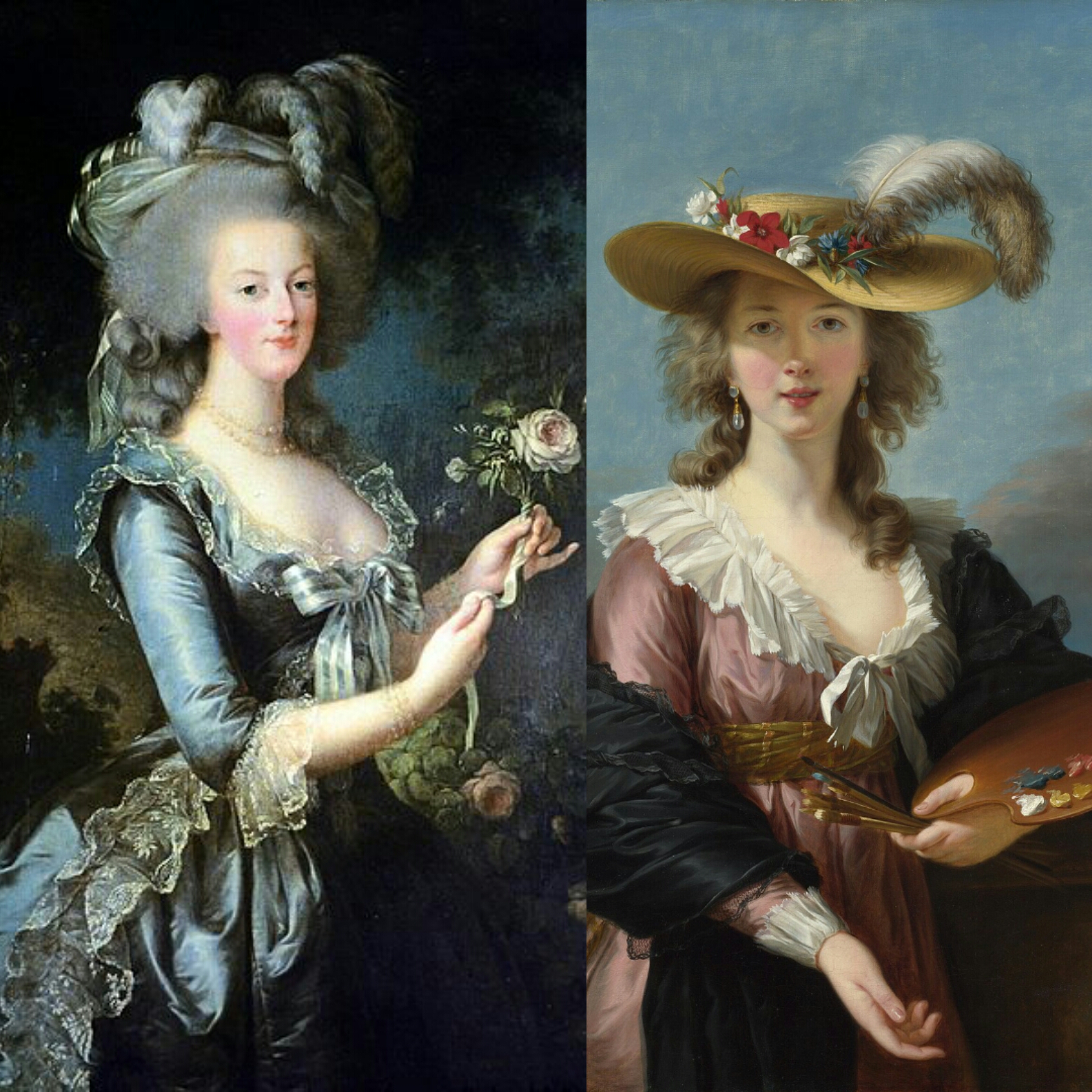
- William Blake ( 1757 – 1827 ) Art/Literary eras: Symbolism & Romanticism
- William was an English poet, painter and printmaker and wanted to be a artist since childhood.
- Blake claimed to have visions which inspired many of his works of art.
- He would sometimes combine words and images, essentially creating the first graphic novels.
- Blake also published many poems on personal, spiritual and political repression. William was known to be quite the free spirit and opposed many things such as slavery.
- Overall he was a bold, brilliant, imaginative rebel who was often very much misunderstood.
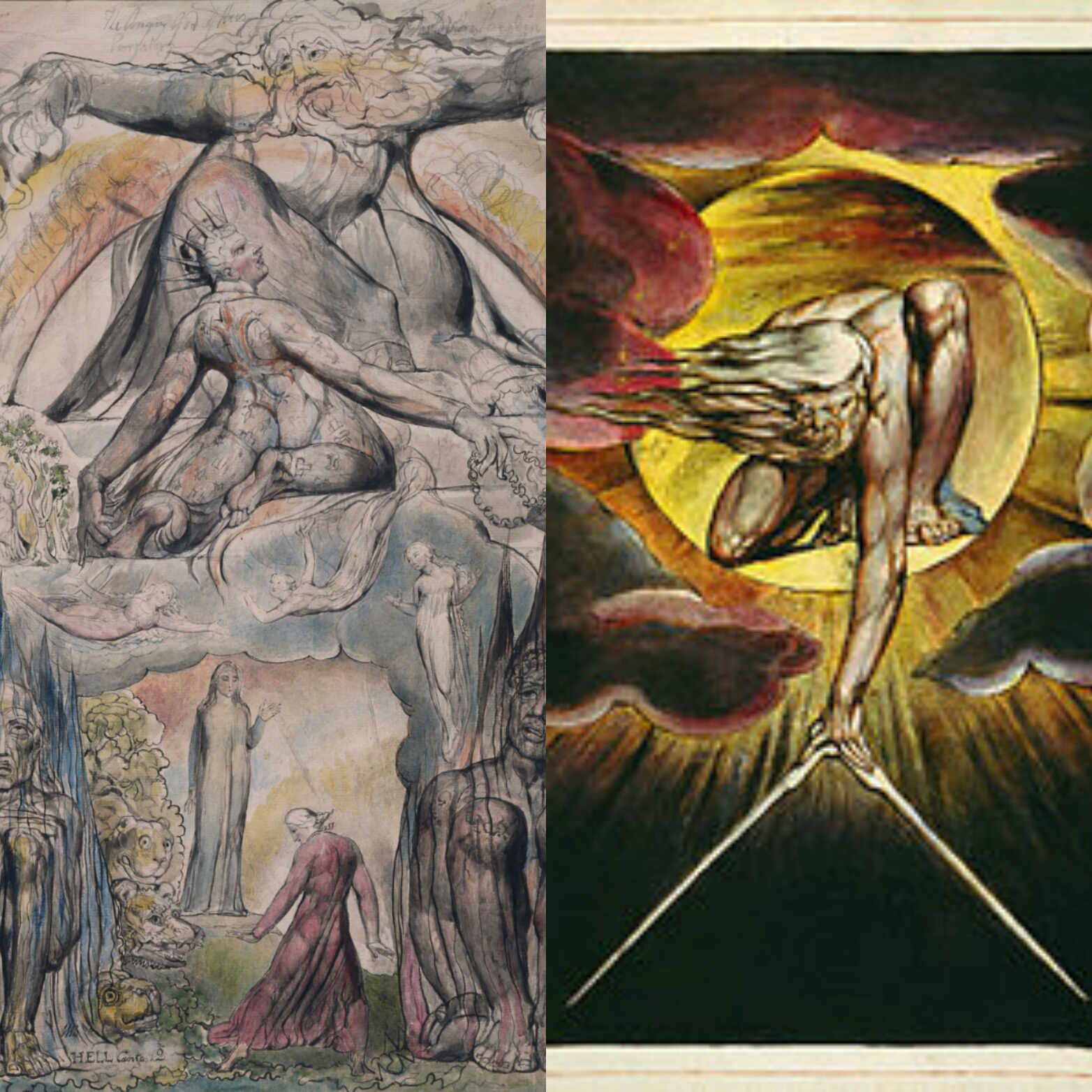
- Harriet Powers ( 1837 – 1910 ) was a African American folk artist and quilt maker.
- She was born into Slavery near Athens, Georgia where she lived on a Plantation.
- In 1855, Harriet got married, and raised at least 9 children.
- After the Civil War and after her husband left her, it is believed that Harriet supported herself and her family by working as a seamstress.
- In 1886, Harriet started exhibiting her quilts at the Athens cotton fair. She used traditional applique techniques to depict local legends, bible stories and astronomical events.
- Only two of Harriet’s quilts have survived. ” Bible Quilt ” which is now at the Smithsonian Institution and ” Pictorial Quilt which is in the Museum of Fine Arts in Boston, Massachusetts.
- In 2009 Powers was inducted into the Georgia Women of Achievement Hall of Fame.
- In October of 2010, Mayor Heidi Davison named October 30th as Harriet Powers Day.
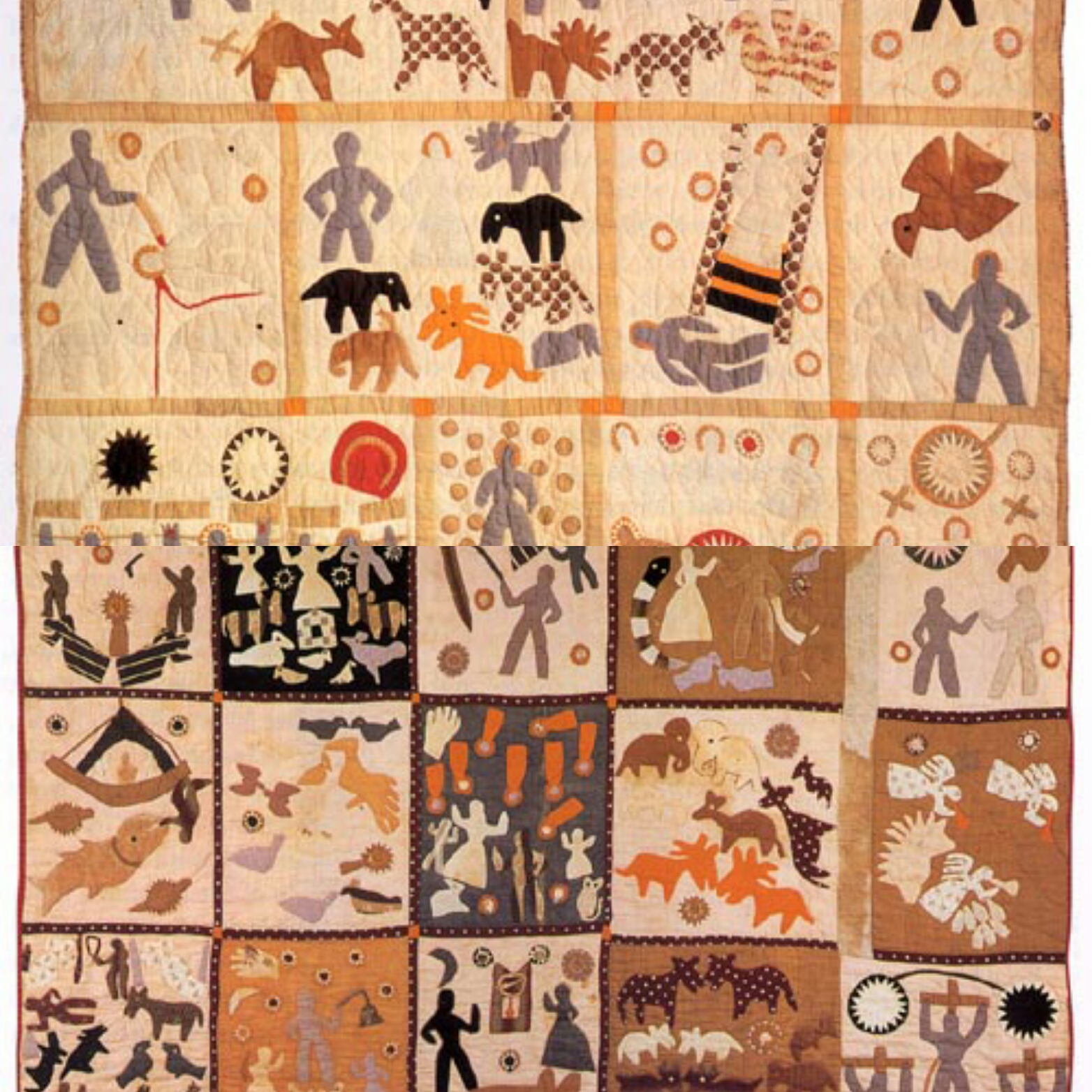
- Sir John Everett Millais ( 1829 – 1896 ) Art Eras: Realism, Romanticism, Pre- Raphaelite.
- Millais was a English painter and illustrator as well as a founding member of the art movement known as the Pre Raphaelite Brotherhood. ( Group of artists who wanted to change the kind of art done in Britain at the time. )
- At the age of 11 and as the youngest student, he entered the Royal Academy School.
- Millais went on to become one of the wealthiest artists of his time.
- His Painting of ” Ophelia ” is well known and greatly admired for its realism and beauty. It’s one of my favorites for sure!
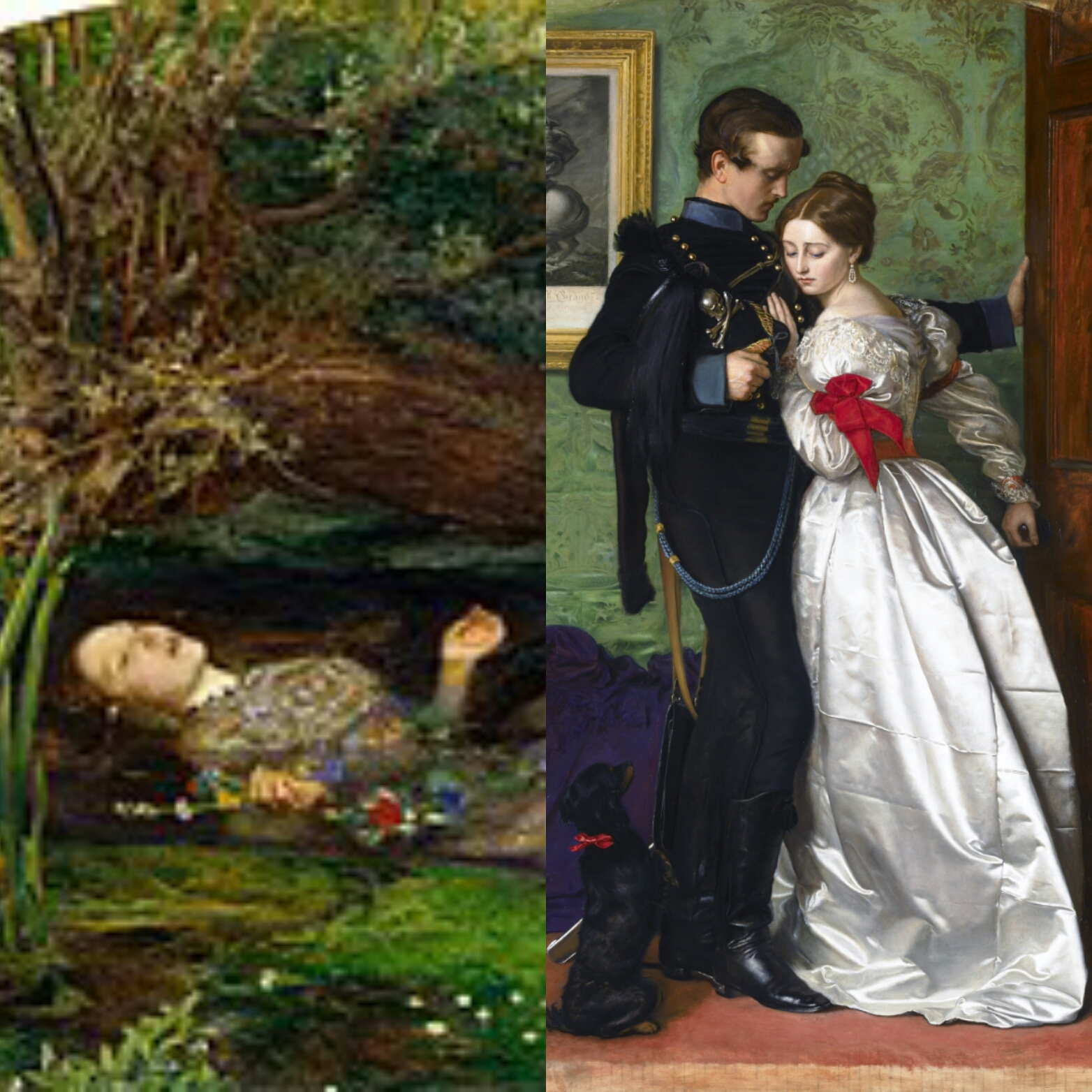
- Edmonia Lewis ( 1844 – 1907 ) Art era: Neo Classicism
- Edmonia was the first woman of African American & Indigenous heritage to receive international recognition and fame as a sculptor.
- She incorporated themes from her background and heritage into her work.
- Edmonia had to overcome many obstacles to become successful and respected. She faced daily racism and discrimination as well as being accused of poisoning classmates in college and stealing art supplies. She was violently attacked and forced out of college because of these occurrences.
- Edmonia eventually made her way out of Ohio to Boston where she was introduced to some writers from a abolitionist press who publicized her. She was also assisted in finding a established sculptor who could instruct her.
- Harriet was inspired by abolitionists and civil war heros. She started creating busts of some of the most famous abolitionists of the time. Edmonia was written about several times in the abolitionist press and sold some pieces to some well known people. With the press recondition and money gained from her art, she was able to move to Rome.
- Edmonia spent most of her adulthood in Rome, Italy. She did quite well there and sold her sculptures for large sums of money.
- Edmonia died in London, England but has had many posthumous exhibits since her death.
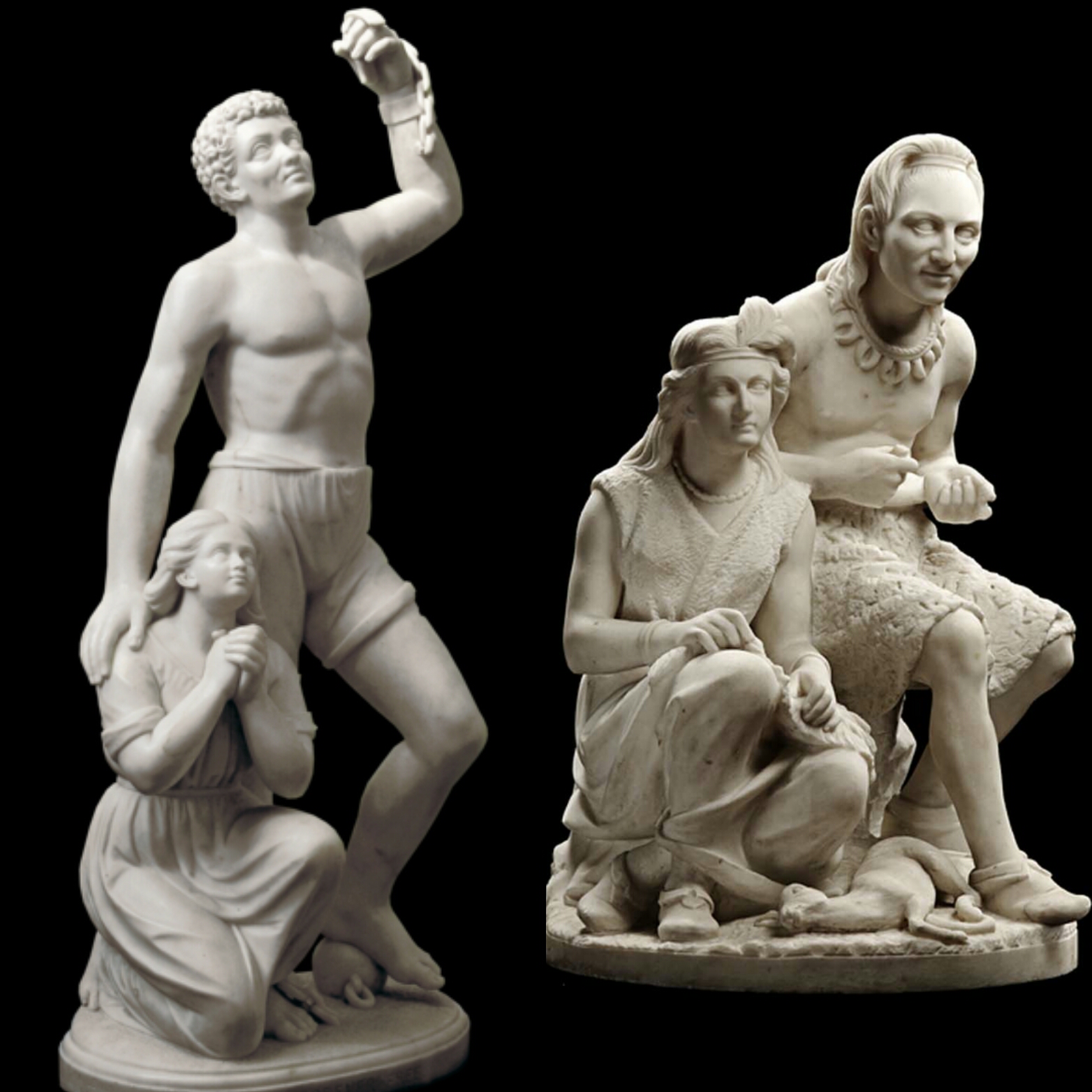
- Paul Gauguin ( 1848 – 1903 was a French Post Impressionist artist. He was a painter, sculptor, printmaker, ceramist and writer. He was also an important figure in the Symbolist art movement.
- Gauguin did not study art and in fact started out just painting in his spare time. After his mother died, his new guardian introduced him to art and the collection of it.
- When the French stock market crashed in 1882, Paul decided to start painting full time.
- Gauguin was known for his bold use of color as well as for his ” mystical explorations of the human condition. “
- Paul was greatly inspired by the environment that surrounded him at the time. He traveled to Peru, Copenhagen, back to Paris Panama, The Caribbean island of Martinique and Tahiti.
- Gauguin also spent some time living with Vincent Van Gogh. This proved to be quite a tumultuous situation and eventually lead to the end of their friendship.
- Gauguin’s art was not appreciated until after his death. He suffered from major health issues most of his life, was guilty of some pretty heinous behavior and died penniless.
- But as much as he may be known for his outlandish behavior today. One can not deny that he had his own style!
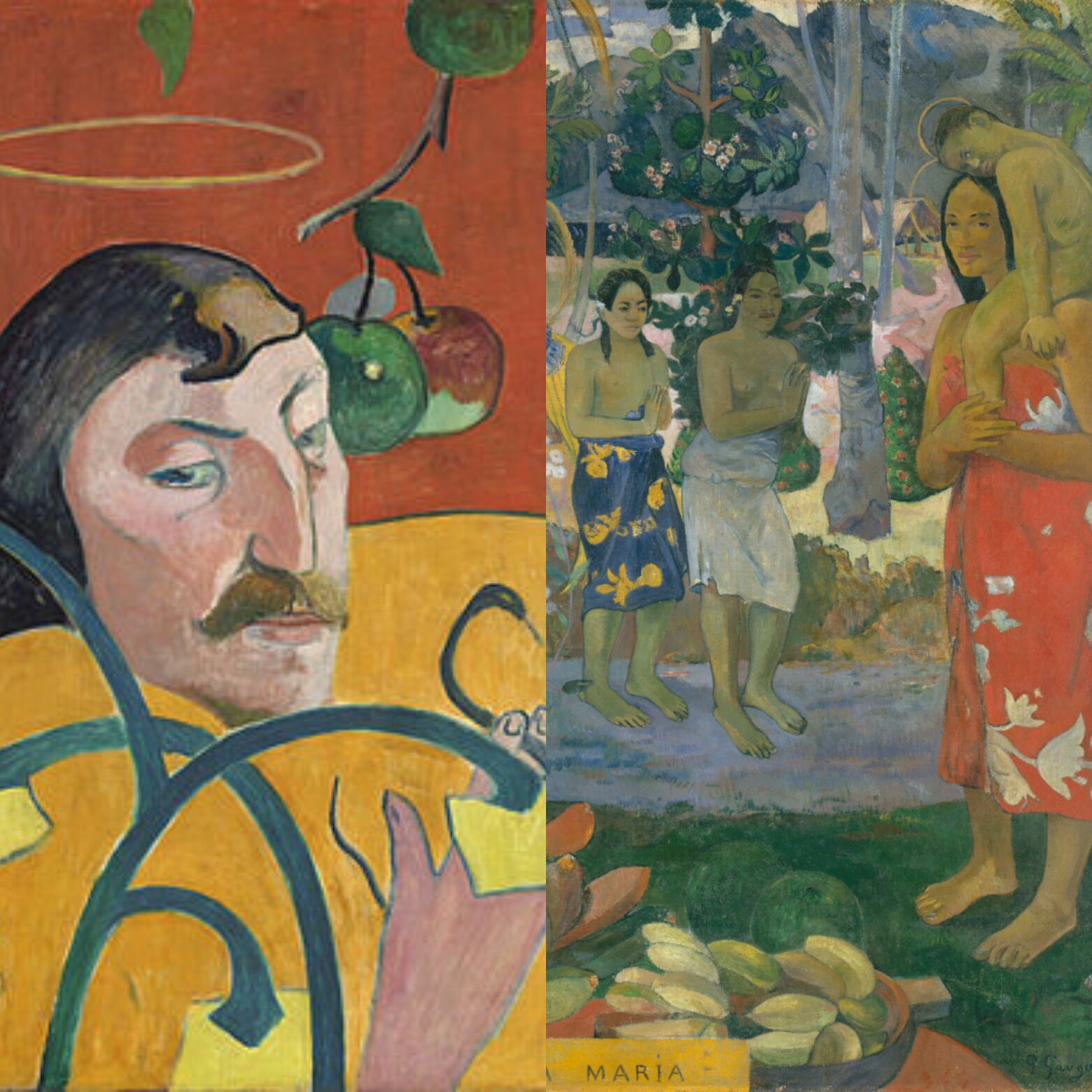
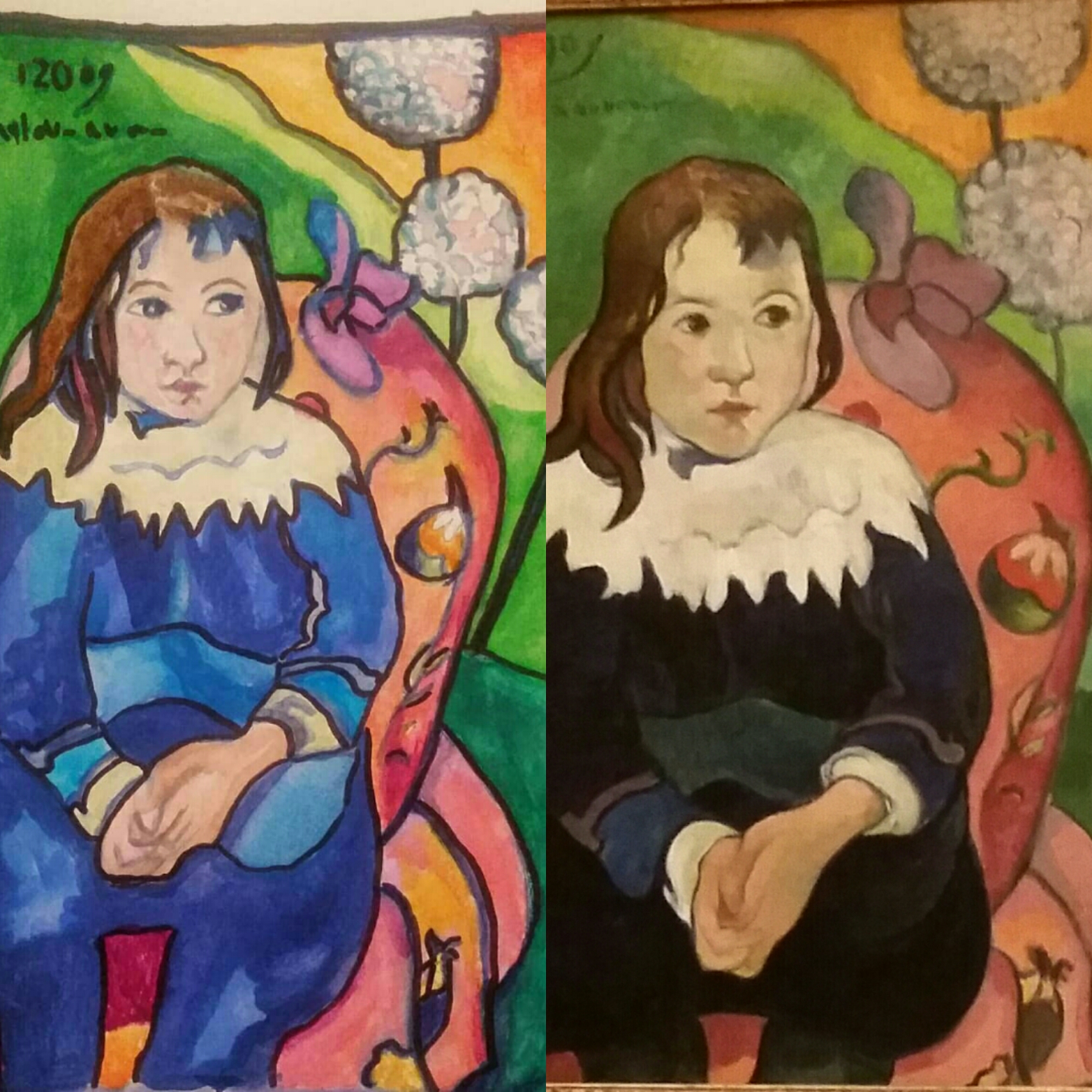
- Vincent van Gogh ( 1853 -1890 ) was a Dutch Post Impressionist painter and one of the most famous artists of all time!
- He created 2,100 artworks including landscapes, still lifes, portraits and self portraits.
- Vincent’s work is known for its vibrant bold colors and expressive brushstrokes.
- Even though Van Gogh is so well known today, he only sold one painting during his lifetime. He was considered a madman and a failure at the time. Vincent also suffered from depression and delusions.
- His friendship with artist, Paul Gauguin ended after a fight between them. The argument led to VanGogh cutting part of his left ear off.
- Vincent ended up taking his own life at the age of 37.
- After VanGogh’s death, artists, friends and family started organizing art shows with his work in them. They published letters written by Vincent to his brother Theo and other friends. These letters were very expressive! Vincent wrote about his techniques, use of color and theories and included sketches. They essentially painted a time line of his life.
- In the words of Vincent VanGogh, ” I wish they would only take me as I am. “
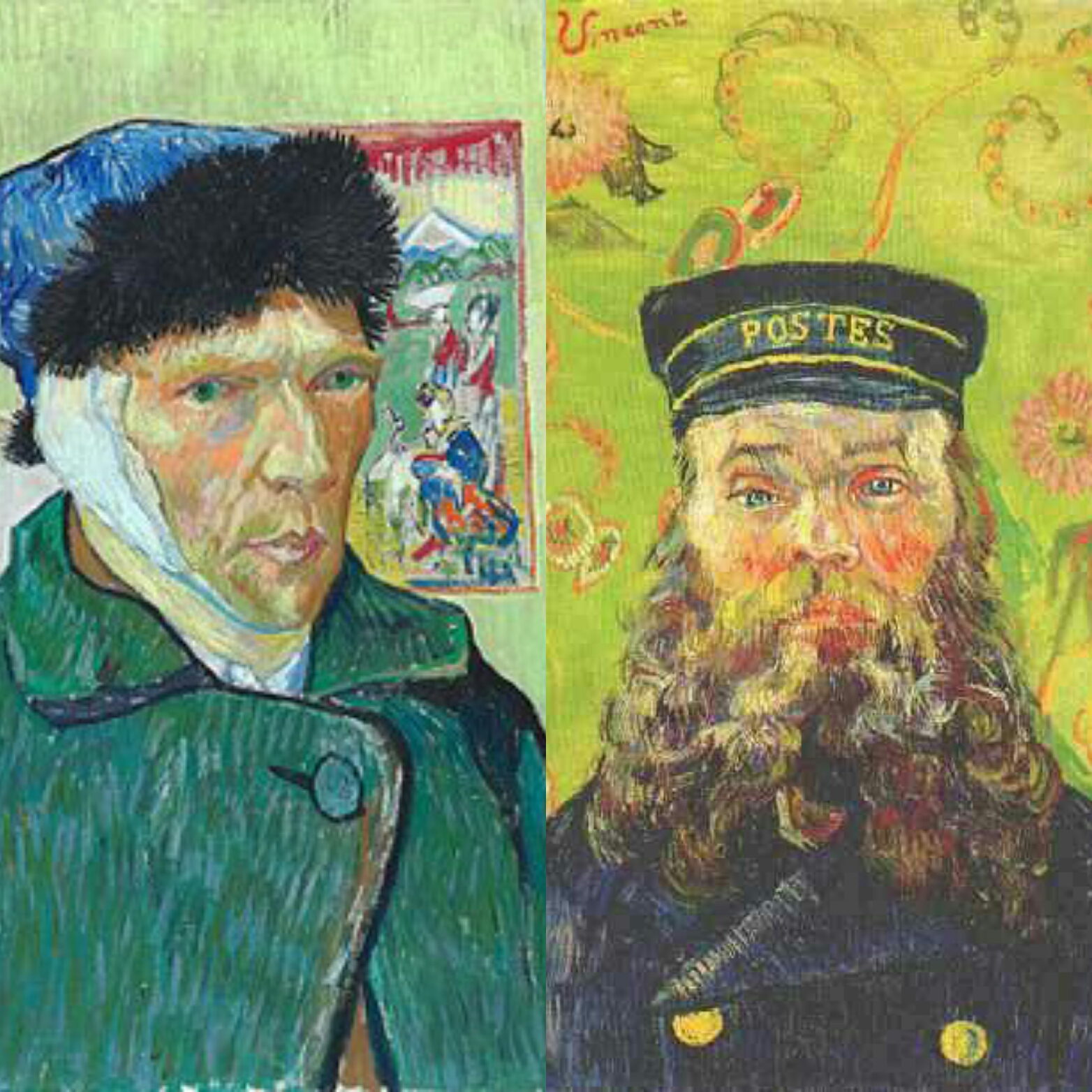
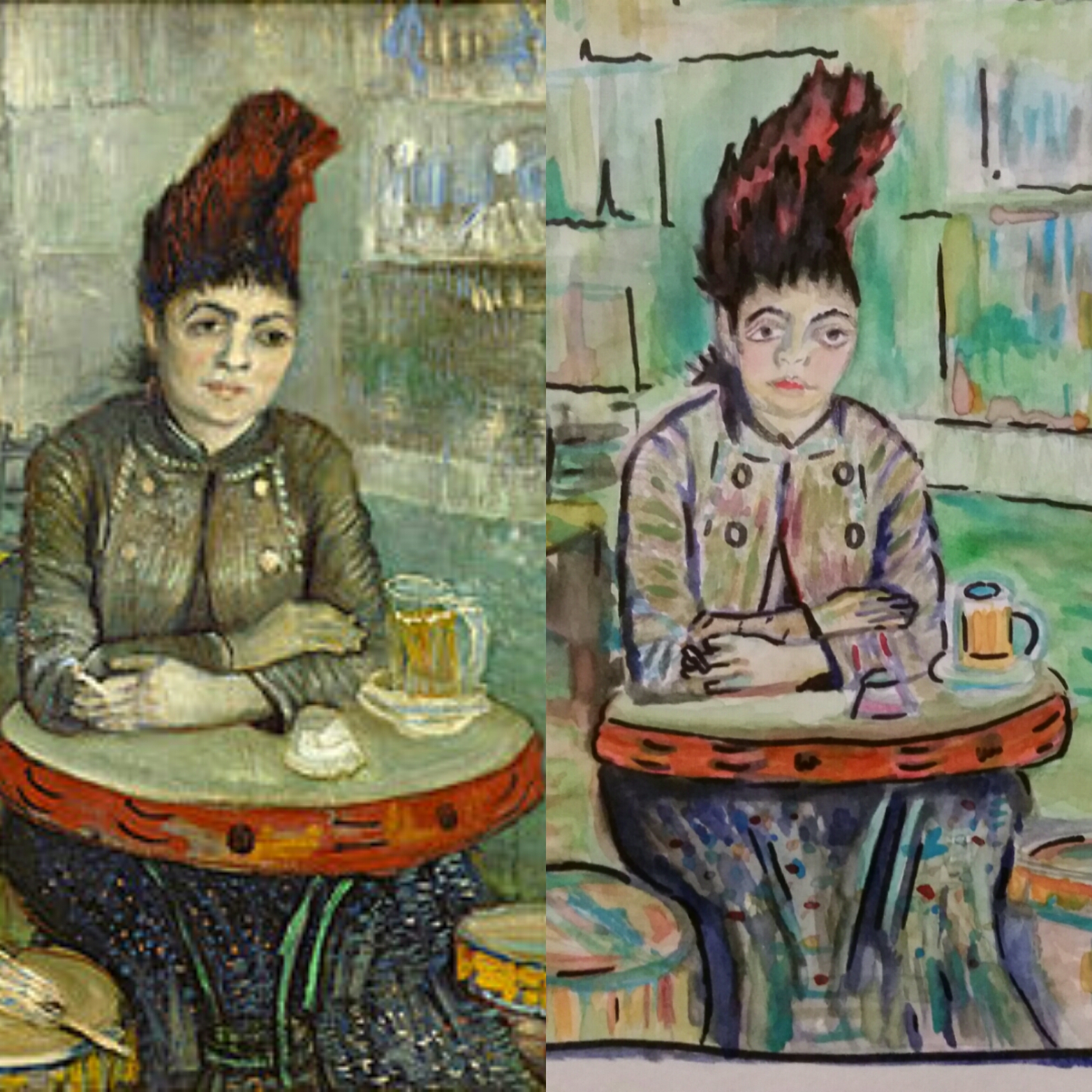
- Gertrude Kasebier ( 1852-1934) was an American photographer.
- She was known for images of motherhood, portraits of indigenous people and inspiring women to have careers in the art of photography.
- Gertrude first attended art school ( Pratt Institute of Arts & Design ) at the age of 37. She studied drawing and painting but fell in love with photography.
- In 1896 Gertrude exhibited 150 photographs at the BostonCamera Club. And in 1897 she had a show at the Photographic Society of Philadelphia.
- In 1898, out of her longtime respect and affection for the Lakota people, Kasebier asked William ” Buffalo Bill ” Cody if she could photograph members of the Sioux tribe traveling with his show. The photos she took of Chief Flying Hawk and Chief Iron Tail are now in the National Museum of American History Photographic History.
- Over the next 10 years, Gertrude took dozens of photographs of indigenous people.
- Eventually many women starting out in photography sought out Kasebier as they saw her as an inspirational independent woman.
- In 1929, she was given a solo exhibit at the Brockely Institute of Art and Sciences. That same year, Gertrude gave up photography.
- Gertrude Kasebier died on October 12th 1934 at the age of 82.
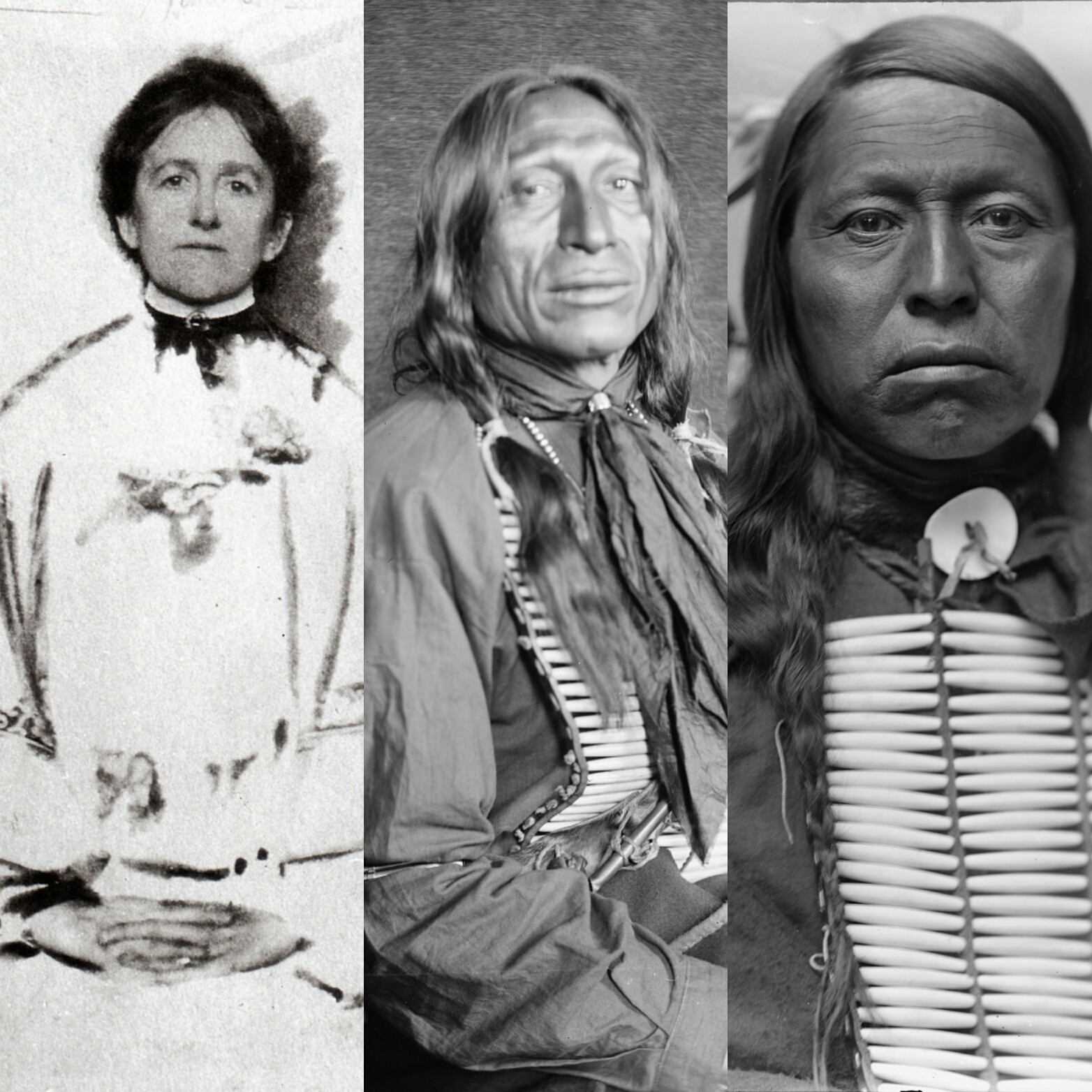
- George Seurat ( 1859 – 1891 ) was a French Impressionist artist.
- He was best known for using pointillism, which is a technique of painting in which small dots of color are put into patterns to form an image.
- Seurat attended the grand Ecole des Beaux-arts in Paris where he mastered drawing and composition. Seurat ended up leaving early to continue studying on his own by going to libraries and museums.
- George’s most famous painting ” A Sunday Afternoon on the Island of La Grande Jatte ” has become the most popular image of the 1880s. The painting as well as the life of George Suerat are the basis for the 1984 Broadway musical, Sunday in The Park with George by Stephen Sondheim.
- Seurat was credited with the progression of the Impressionist movement when it was coming to an end.
- George Seurat died at the age of 31 leaving behind 7 monumental paintings, 40 smaller paintings and sketches, several notebook’s and about 500 drawings.
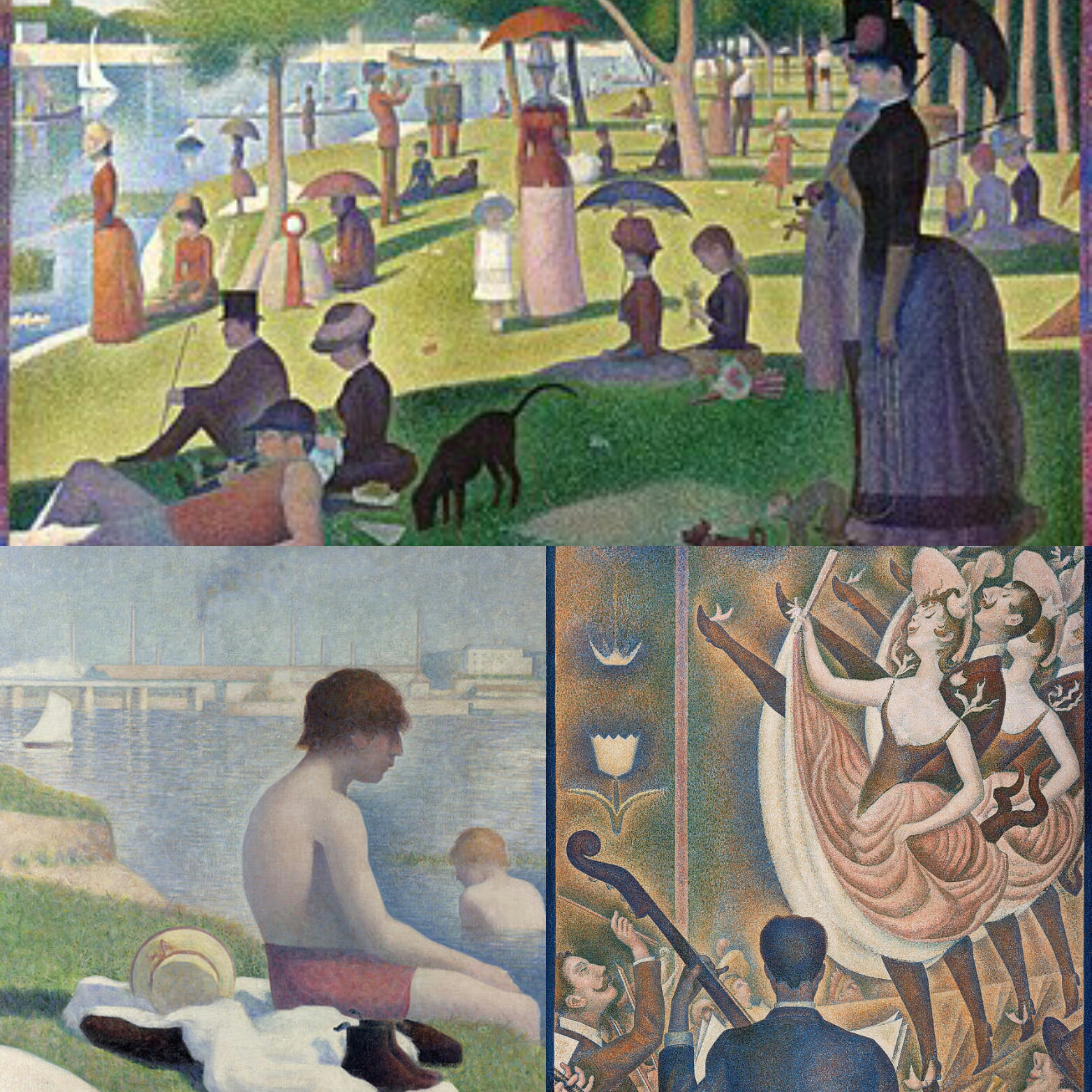
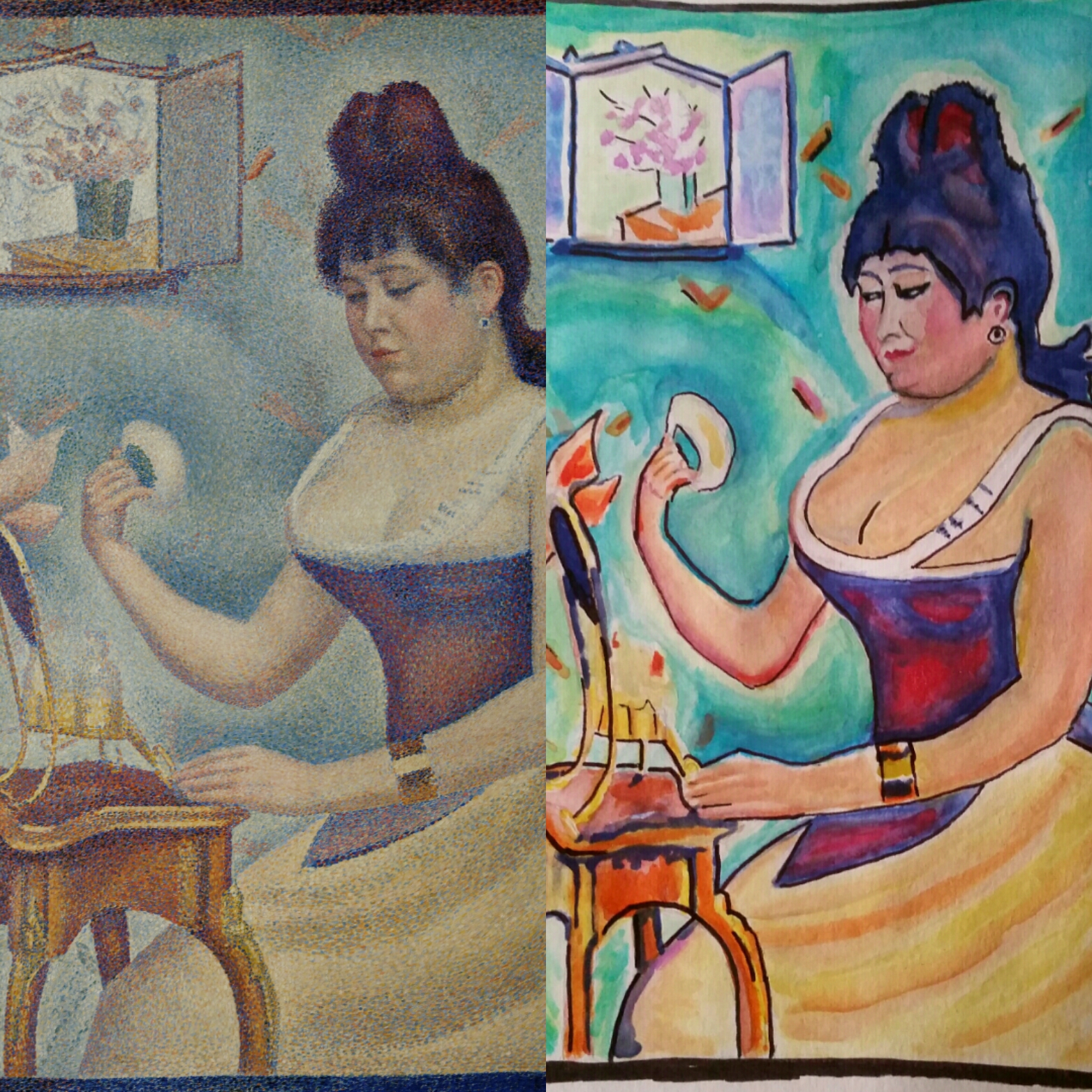
- Gustav Klimt ( 1862 – 1918 ) was Austrian Symbolist painter.
- He was a member of the Vienna Secession movement which allowed young artists to break away from academic painting and embrace other kinds of styles of art.
- Klimt was known for his paintings, murals, sketches and the use of gold leaf.
- Gustav never created a self portrait. In his own words, ” There is nothing special about me. I am a painter who paints day after day from morning to night. Whoever wants to know something about me ought to look carefully at my pictures “.
- When Klimt was at home, living the ” simple ” life with his 8 to 10 cats, he would just wear a long robe and sandals.
- Klimt’s artwork was very decorative and included lots of symbolism. They were very intricate and took many hours to complete. Gustav’s favorite subject was the female figure.
- Klimt’s most well-known work is that of women dressed in elaborate, abstract shapes and symbols in bold and ravishing colors with splashes of gold leaf.
- Below are Gustav’s most successful works, ” The Kiss ” and ” Adele Bloch- Bauer I ” which was one of the paintings among several other Klimt paintings that were stolen by Nazis during WWII belonging to the Bloch- Bauer family.
- In 2006 after a lengthy legal battle, they were finally returned to the family.
- I am also including my rendition of Klimt’s ” Judith and the Head of Holofernes “.
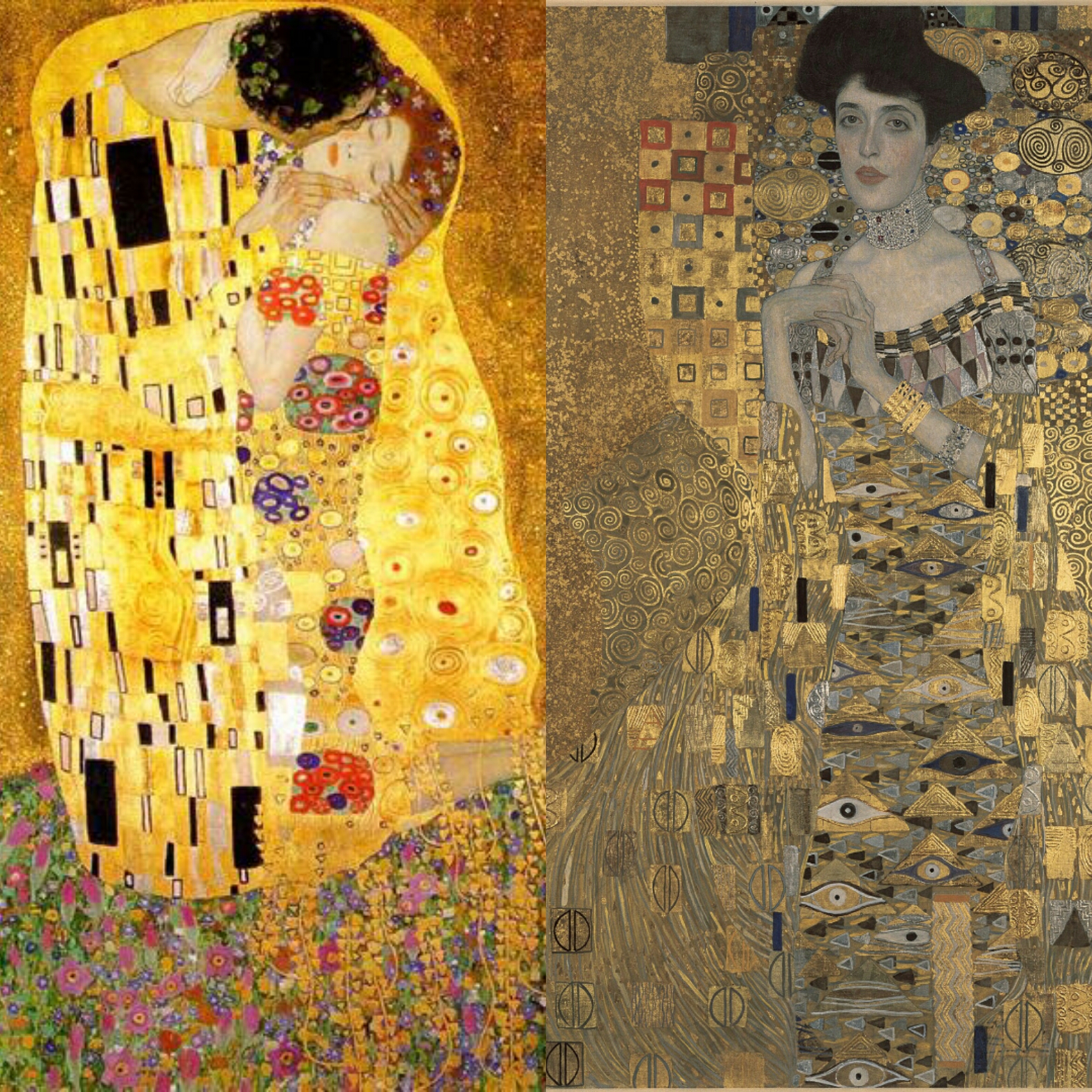
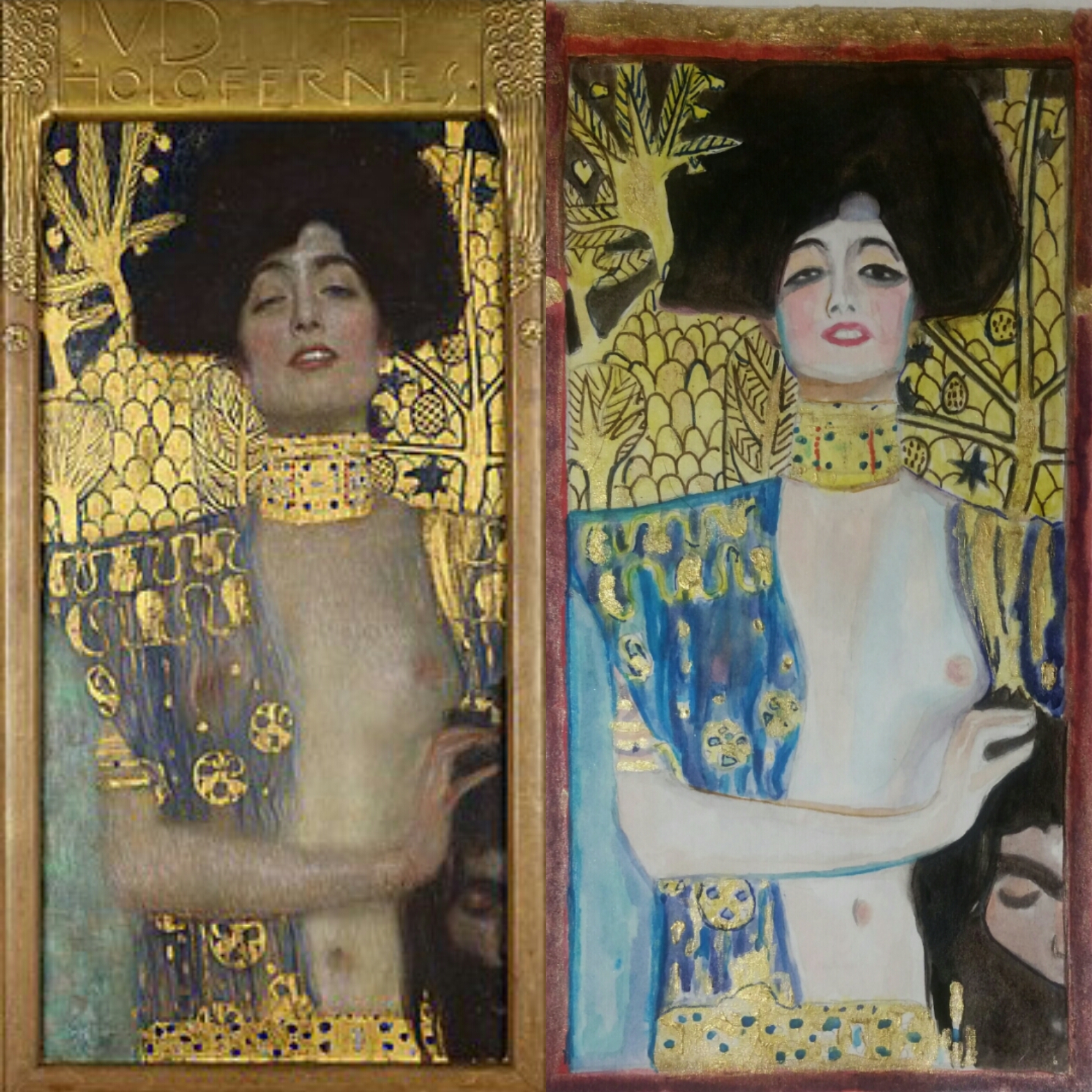
Well that’s it for our first #SlayInspireCreate post of the week! Please join me on Wednesday for another exciting installment!
Thank you so much for stopping by!